






When they melt, they contribute to surrounding bodies of water that communities rely on in the form of springs, lakes, and rivers.

When they melt, they contribute to surrounding bodies of water that communities rely on in the form of springs, lakes, and rivers.






















This is because they wanted to test the possible glacier-groundwater connection in varying locations.
The study sites chosen were Mount Hood National Forest (Oregon, USA) and Glacier National Park (Montana, USA).


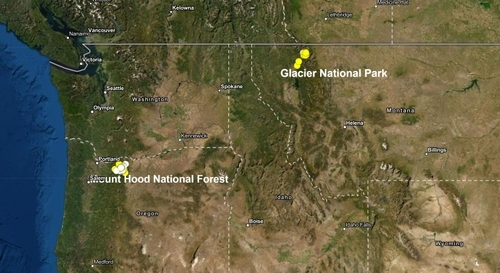
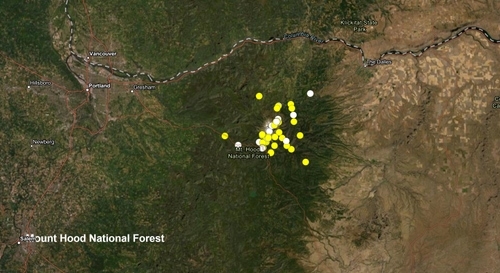
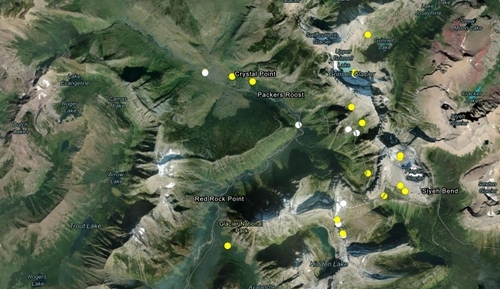
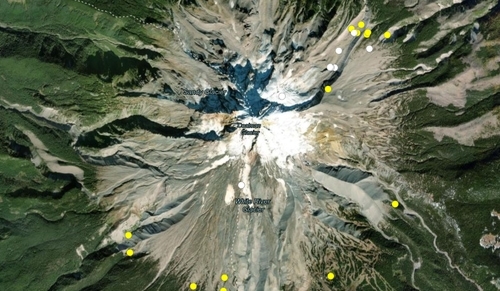











Researchers used a portable, 3D printed peristaltic pump to directly transport water from the spring emergence new Nalgene bottles.
Each spring also has microorganisms unique to the area. In order to collect these microorganisms for future tests, they attached a fine filter to the end of the tubing that was able to separate them.



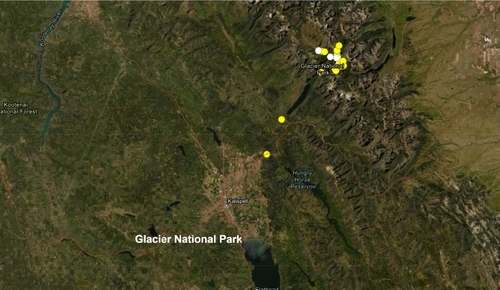
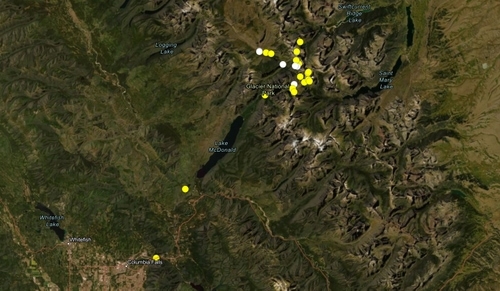





























.png)
.png)
.png)














































%20Grant.png)



